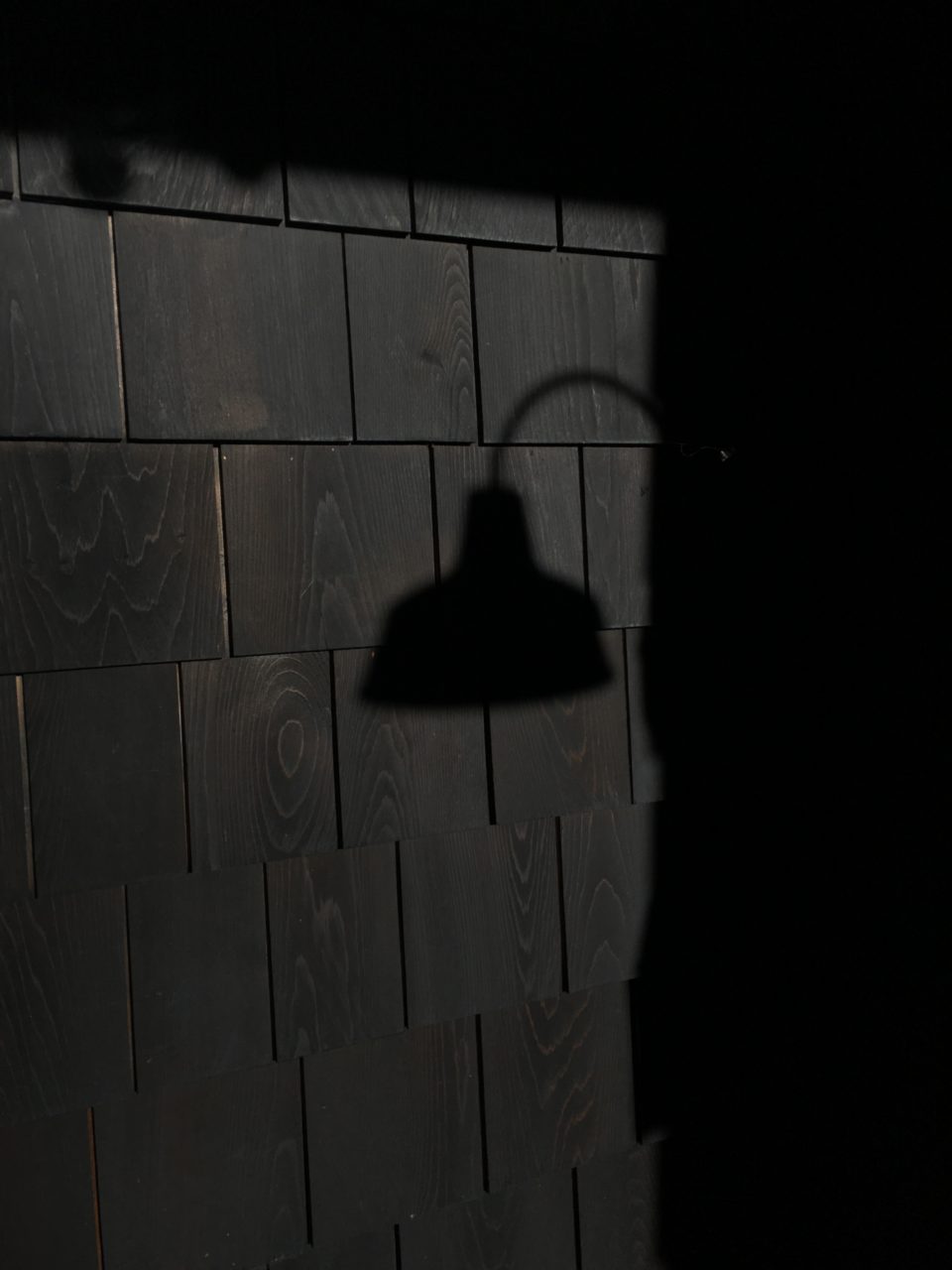
When selecting a paper for your final photographic print, there are hundreds of options that you can choose from. These variations in materials can have a subtle or drastic impact on the experience of the print. When first starting to print, some photographers focus more on the finish of the paper settling on a glossy, luster, or matte surface. Each surface has advantages and disadvantages which impact the image. Part of learning to be successful as a photographic printer is to sort out what emotion, color, and expression you want in the image.
If you are printing on a matte surface, one aspect for you to really take a look at is the texture of the paper. Unlike glossy or luster papers which have a smooth flat surface, matte papers come in a variety of textures from very smooth to rough. In my workshops and classes, I often get asked about why print on a textured paper if you don’t want a painterly or watercolor look to the image. And while that can be an option, the texture of a matte paper can shift our approach to viewing the image.
Textured papers create a subtle depth to an image. Because the ink is no longer on a flat surface, the small hills and valleys in the paper allow the light to reflect off the print creating a different dimensionality, and in some cases richer, than flat-coated papers. In some cases, this can help mimic some of the richness of traditional black and white prints. Due to the suspension of the silver in the coating of the paper, the refractions of light caused a feeling of depth that isn’t always present in digital printing.
Textured papers can also help us process images with more noise in them. The paper’s textures can help minimize the impacts of noise in the reviewing of the image. Finally, textured papers are less likely to show any marks or dings that you might often get with other paper surfaces.
For me, however, the added depth to the image is what first drew me to try textured papers. If you haven’t tried one out, I recommend you give it a try. I listed a few of my favorites below. Also, don’t forget that a matte paper will have a different color gamut producing less “pop” than a glossy paper. You will also want to make sure that you don’t over ink the shadows of your image, causing a loss of detail. These are all issues that can be quickly resolved with soft-proofing but are worth remembering before you waste some paper.
| Brand | Paper Name |
| Canson | PrintMaker |
| Canson | Etching Rag |
| Hahnemühle | William Turner |
| Hahnemühle | German Etching |
| Hahnemühle | Torchon |
| Epson | Legacy Etching |
| Red River | Palo Duro Etching 315 |
| Moab | Entrada Rag Textured |
